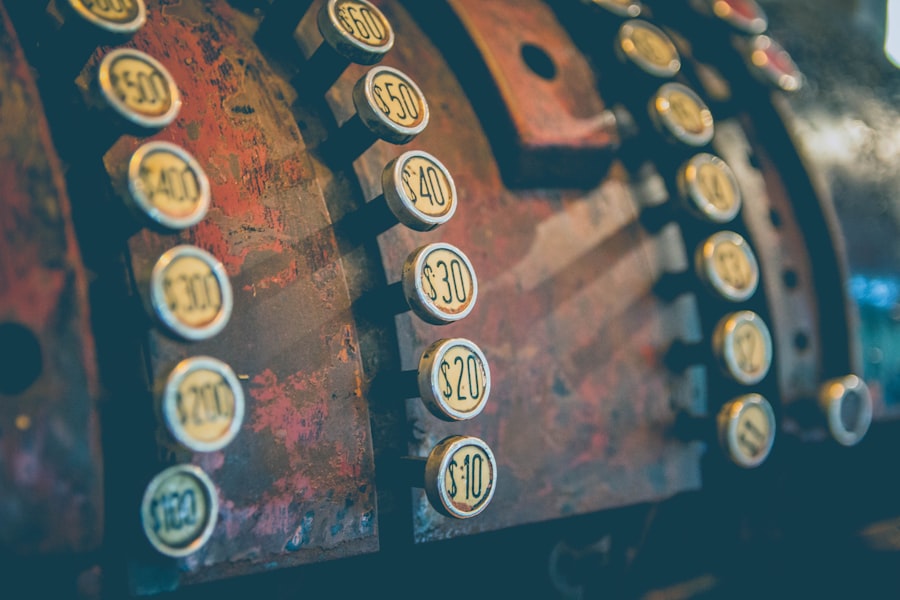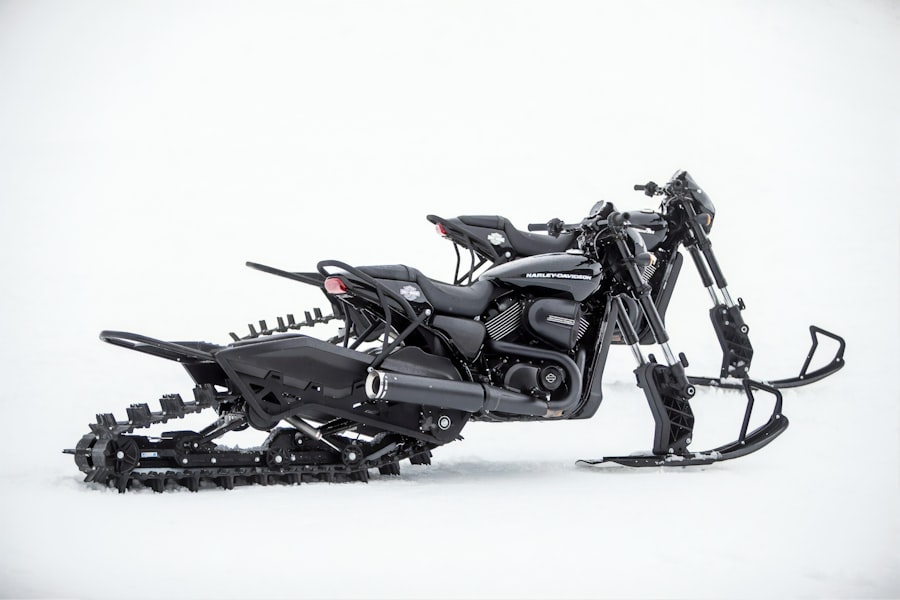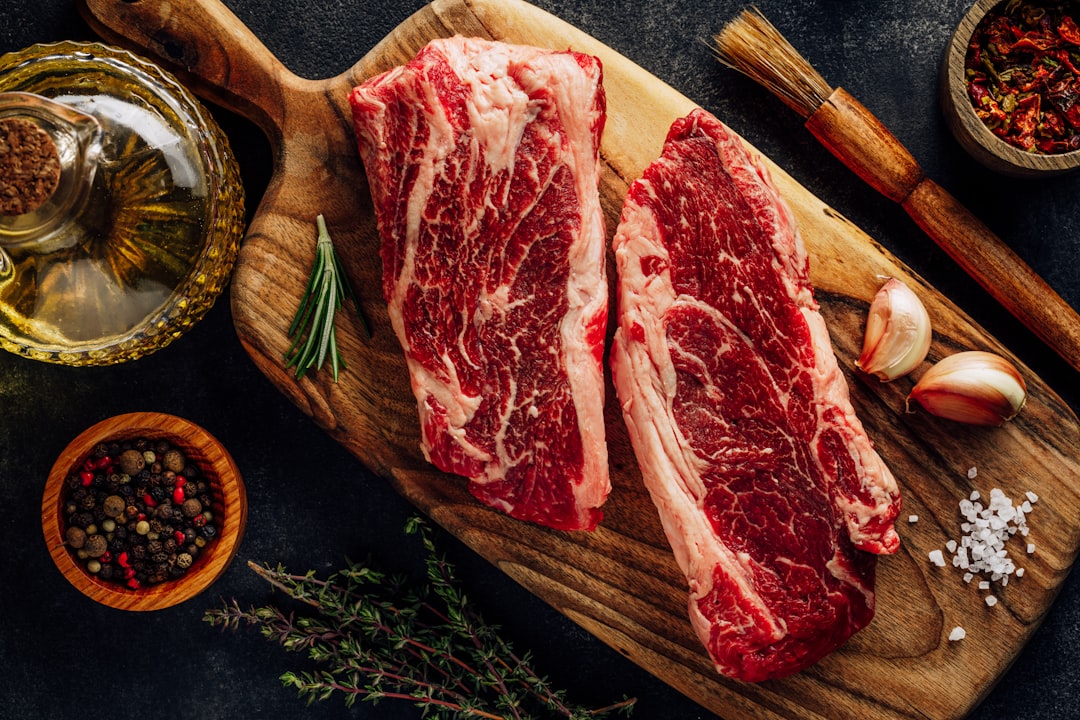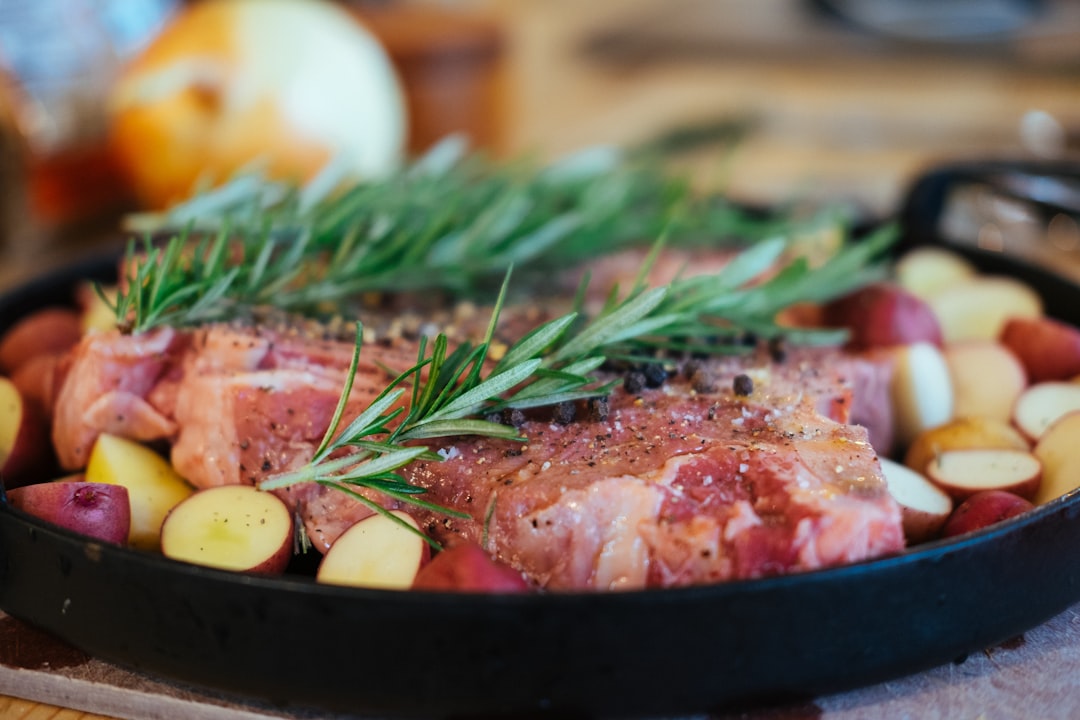Sous vide cooking, a method that has gained immense popularity in both professional kitchens and home cooking, involves vacuum-sealing food in a bag and immersing it in a water bath at a precisely controlled temperature. This technique allows for the even cooking of food, ensuring that it reaches the desired doneness without the risk of overcooking. The term “sous vide” translates from French to “under vacuum,” which aptly describes the process of sealing food in airtight bags before cooking.
This method not only enhances the flavors and textures of the ingredients but also offers a level of convenience that traditional cooking methods often cannot match. The roots of sous vide can be traced back to the 1970s when French chefs began experimenting with vacuum-sealing techniques. However, it wasn’t until the early 2000s that sous vide became more accessible to home cooks, thanks to the introduction of affordable immersion circulators.
Today, sous vide is celebrated for its ability to produce restaurant-quality results with minimal effort. Whether it’s perfectly cooked steak, tender vegetables, or even custards, sous vide cooking opens up a world of culinary possibilities that can elevate any meal.
Key Takeaways
- Sous vide cooking involves cooking food in a vacuum-sealed bag in a water bath at a precise temperature.
- The science behind sous vide cooking focuses on the precise control of temperature to achieve consistent and evenly cooked results.
- Essential equipment for sous vide cooking includes a sous vide machine or immersion circulator, vacuum sealer, and food-grade bags.
- Tips for perfecting sous vide techniques include ensuring proper sealing of the bags, using the right cooking temperatures, and finishing the food with a quick sear or grill.
- Safety precautions for sous vide cooking include using food-grade bags, pasteurizing certain foods, and following recommended cooking times and temperatures.
The Science Behind Sous Vide Cooking
The Benefits of Lower Temperatures
Sous vide cooking operates at lower temperatures, typically between 130°F to 190°F (54°C to 88°C), allowing proteins to cook slowly and evenly while retaining their natural juices.
The Maillard Reaction and Finishing Techniques
The Maillard reaction, a chemical reaction that occurs when proteins and sugars are exposed to heat, is also an essential aspect of sous vide cooking. While sous vide itself does not achieve the browning associated with this reaction, it can be combined with finishing techniques such as searing or broiling to create a flavorful crust on meats.
Achieving the Best of Both Worlds
This dual approach allows cooks to enjoy the benefits of both precise temperature control and the rich flavors developed through traditional cooking methods.
Essential Equipment for Sous Vide Cooking

To embark on a sous vide journey, certain equipment is essential for achieving optimal results. The most critical piece of equipment is an immersion circulator, which heats and circulates water to maintain a consistent temperature throughout the cooking process. These devices come in various price ranges and features, from basic models to advanced units with Wi-Fi connectivity and programmable settings.
Investing in a reliable immersion circulator is crucial for ensuring accurate temperature control. In addition to an immersion circulator, vacuum-sealing bags or reusable silicone bags are necessary for sous vide cooking. Vacuum-sealing bags are designed to withstand high temperatures and prevent water from entering during the cooking process.
While traditional vacuum sealers can be expensive, there are also handheld options available that are more budget-friendly. For those who prefer an eco-friendly approach, silicone bags can be used repeatedly and are safe for sous vide cooking. A large container or pot is also needed to hold the water bath; this can be anything from a standard stockpot to a dedicated sous vide container designed for optimal heat retention.
Tips for Perfecting Sous Vide Techniques
| Technique | Temperature | Time | Result |
|---|---|---|---|
| Steak | 130°F | 1-4 hours | Tender and juicy |
| Chicken breast | 145°F | 1-4 hours | Moist and flavorful |
| Salmon | 125°F | 30-60 minutes | Buttery texture |
| Eggs | 167°F | 45-60 minutes | Creamy and custardy |
Mastering sous vide cooking requires practice and attention to detail. One of the most important tips is to ensure that food is evenly distributed within the vacuum-sealed bag. Overcrowding can lead to uneven cooking, as water circulation may be restricted.
It’s advisable to arrange food in a single layer whenever possible, allowing for optimal heat transfer. Additionally, removing as much air as possible from the bag will help prevent floating during cooking, which can lead to inconsistent results. Another key aspect of perfecting sous vide techniques is timing.
While sous vide allows for extended cooking times without the risk of overcooking, each ingredient has its ideal cooking duration. For instance, tender cuts of meat like filet mignon may only require one to two hours at 130°F (54°C), while tougher cuts like brisket benefit from longer cooking times—up to 48 hours at lower temperatures. Keeping a detailed log of cooking times and temperatures for different ingredients can help refine your approach and achieve consistent results.
Safety Precautions for Sous Vide Cooking
While sous vide cooking is generally safe when done correctly, there are important safety precautions to consider. One primary concern is the potential growth of harmful bacteria when food is cooked at low temperatures for extended periods. To mitigate this risk, it’s essential to ensure that food is cooked at a temperature high enough to kill pathogens while also maintaining proper time-temperature relationships.
For example, cooking chicken at 165°F (74°C) for just a few seconds will kill harmful bacteria, while cooking it at 140°F (60°C) requires holding it at that temperature for at least one hour. Another safety consideration involves proper sealing and storage of food before cooking. Vacuum-sealed bags should be free from punctures or leaks that could allow water to enter during the cooking process.
Additionally, once food has been cooked sous vide, it should be cooled rapidly if not consumed immediately. Placing the sealed bags in an ice bath can quickly bring down the temperature and prevent bacterial growth before refrigeration or freezing.
Sous Vide Cooking for Different Types of Ingredients

Sous vide cooking is incredibly versatile and can be applied to a wide range of ingredients beyond meats. Vegetables are particularly well-suited for this method, as they can be cooked to perfection while retaining their vibrant colors and nutrients. For instance, carrots cooked sous vide at 183°F (84°C) for one hour become tender yet maintain their natural sweetness and crunchiness.
Similarly, asparagus cooked at 180°F (82°C) for just 10 minutes results in bright green spears that are perfectly tender without becoming mushy. Seafood also benefits greatly from sous vide techniques. Fish fillets cooked at lower temperatures—such as salmon at 125°F (52°C) for 45 minutes—yield a buttery texture that melts in your mouth.
The gentle cooking process prevents overcooking and helps preserve delicate flavors. Shellfish like shrimp can be cooked quickly at higher temperatures (around 140°F or 60°C) for just 30 minutes, resulting in succulent bites that are both tender and flavorful.
Creating Flavorful Marinades and Seasonings for Sous Vide Cooking
One of the advantages of sous vide cooking is its ability to infuse flavors deeply into ingredients through marinades and seasonings. When food is vacuum-sealed with marinades, the flavors penetrate more effectively than traditional marinating methods due to the absence of air in the bag. This means that even short marinating times can yield impressive results.
For example, marinating chicken breasts in a mixture of olive oil, garlic, lemon juice, and herbs for just 30 minutes before sous vide cooking can result in a dish bursting with flavor. When creating marinades for sous vide cooking, it’s essential to consider the balance of acidity, fat, and seasoning. Acids like vinegar or citrus juices help tenderize proteins while adding brightness; fats such as oils or butters enhance mouthfeel and flavor; and seasonings like herbs and spices provide depth.
Experimenting with different combinations can lead to unique flavor profiles tailored to individual preferences.
Sous Vide Cooking for Meal Prep and Batch Cooking
Sous vide cooking is an excellent method for meal prep and batch cooking due to its ability to cook large quantities of food simultaneously while maintaining quality. Preparing meals in advance allows busy individuals or families to enjoy home-cooked dishes throughout the week without spending excessive time in the kitchen each day. For instance, batch-cooking chicken breasts or pork chops sous vide can yield perfectly cooked proteins that can be stored in the refrigerator or freezer for later use.
To maximize efficiency during meal prep, consider organizing ingredients by type or meal plan. For example, you could cook several different proteins—such as steak, chicken, and fish—at once while utilizing different marinades tailored to each dish. Once cooked, these proteins can be quickly reheated using sous vide or other methods before serving alongside prepped vegetables or grains.
Incorporating Sous Vide Techniques into Everyday Cooking
Integrating sous vide techniques into everyday cooking can elevate even the simplest meals into extraordinary experiences. For instance, breakfast can be transformed by preparing perfectly poached eggs using sous vide at 167°F (75°C) for 13 minutes—resulting in creamy yolks that are ideal for topping avocado toast or salads. Similarly, vegetables like potatoes can be cooked sous vide before being finished with a quick roast or sauté for added texture and flavor.
Moreover, sous vide allows home cooks to experiment with new recipes without fear of failure due to overcooking or uneven results. The precision offered by this method encourages culinary creativity; cooks can try out various flavor combinations or techniques without worrying about ruining their dishes. This adaptability makes sous vide an invaluable tool in any home kitchen.
Exploring Sous Vide Desserts and Baked Goods
While most people associate sous vide with savory dishes, this technique can also be applied creatively in dessert preparation. Custards and puddings benefit significantly from sous vide’s gentle heat; for example, vanilla bean crème brûlée can be prepared by combining cream, sugar, egg yolks, and vanilla in jars before immersing them in a water bath at 176°F (80°C) for one hour. The result is a silky-smooth custard that sets perfectly without curdling.
Baked goods such as cakes and cheesecakes can also be adapted for sous vide cooking by using jars instead of traditional baking pans. This method ensures even baking while preventing dryness often associated with conventional baking methods. A chocolate lava cake prepared sous vide yields an indulgent dessert with a molten center that delights anyone fortunate enough to indulge.
Sous Vide Cooking for Entertaining and Special Occasions
Sous vide cooking shines when it comes to entertaining guests or preparing meals for special occasions due to its ability to produce impressive results with minimal stress. Imagine hosting a dinner party where guests are treated to perfectly cooked steaks served alongside vibrant seasonal vegetables—all prepared ahead of time using sous vide techniques. This allows hosts to spend more time enjoying their company rather than being tied up in the kitchen.
Additionally, sous vide offers flexibility when planning menus for events such as weddings or holiday gatherings. Large cuts of meat like prime rib or whole turkeys can be cooked sous vide well in advance and then finished on the grill or in the oven just before serving—ensuring that they are juicy and flavorful while freeing up valuable time on the day of the event. With careful planning and execution, sous vide can elevate any gathering into an unforgettable culinary experience.



